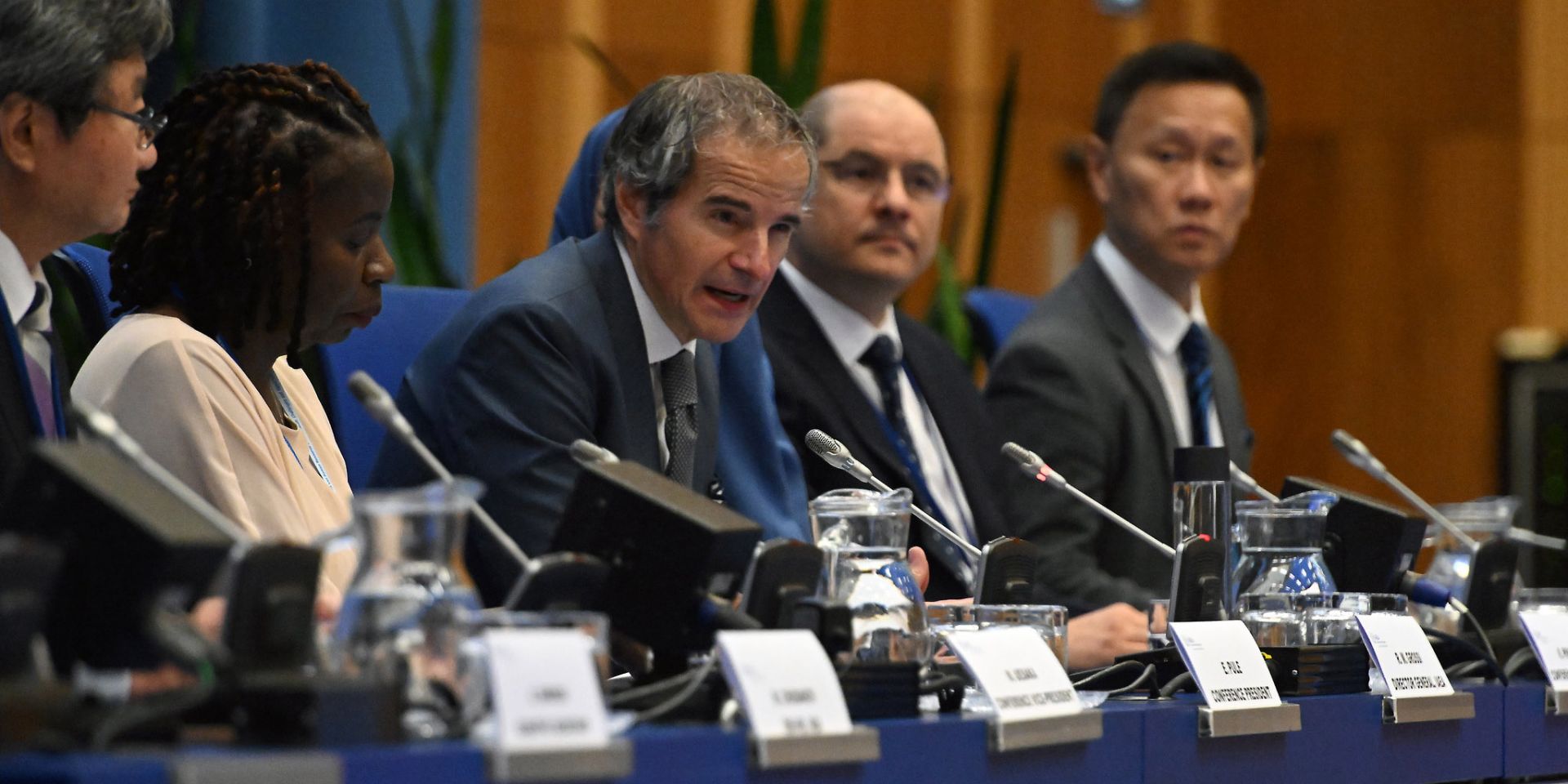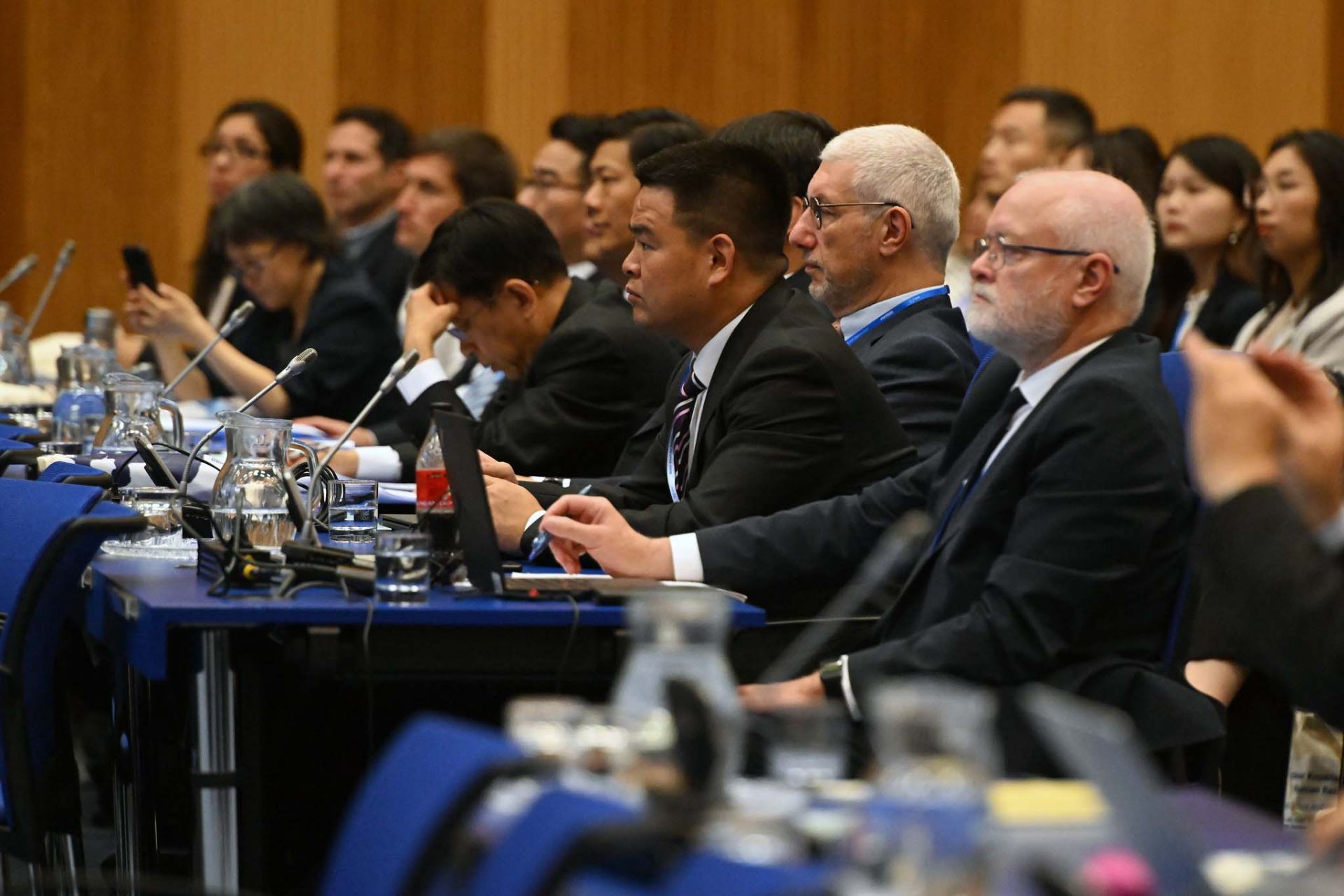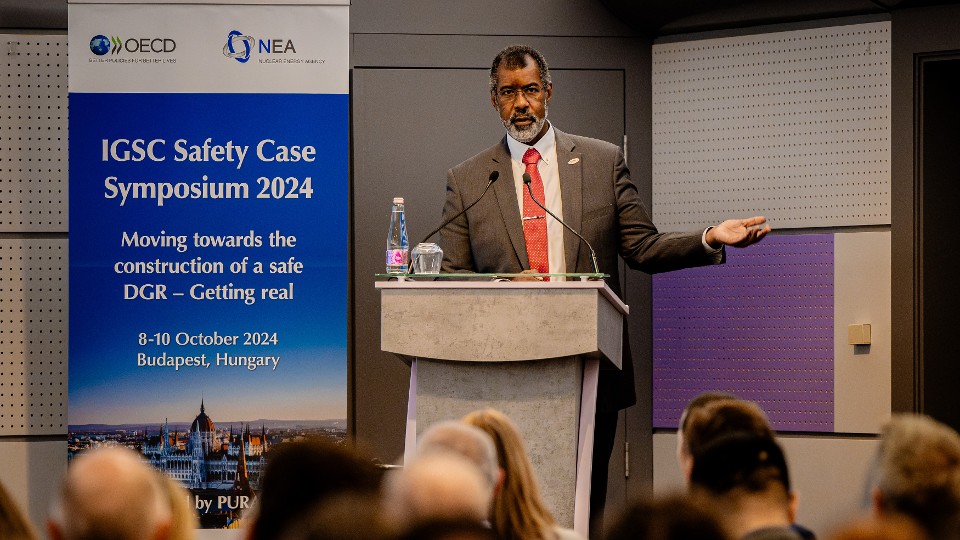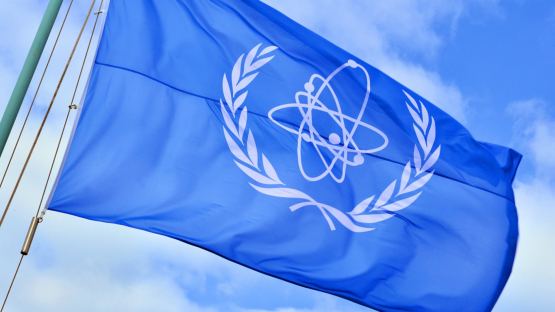Four million nuclear jobs by 2050: Who will do them?

Industry leaders from around the globe met this month to discuss the talent development that will be necessary for the long-term success of the nuclear industry.
The International Conference on Nuclear Knowledge Management and Human Resources Development, hosted by the International Atomic Energy Agency, was held in Vienna earlier this month. Discussed there was the agency’s forecast for nuclear capacity to more than double—or hopefully triple—by 2050 and the requirement of more than four million professionals to support the industry.
But with about one-third of the existing workforce expected to retire by 2033, the industry will need more than one million new workers to fill vacancies and support nuclear capacity growth. Key takeaways from the conference include the need to build strong partnerships among global organizations, to reach out to students early on, and to evaluate and act on recruitment competition from other industries.
Quotable: “The nuclear industry is evolving and the demand for well-trained, highly competent employees is growing,” said Mikhail Chudakov, deputy director general and head of the IAEA Department of Nuclear Energy. “It is critical that we identify and develop talented individuals so that they may become valued assets to their teams for years to come. And we must pursue development approaches that center [on] diversity and inclusion, and not only because this is the equitable thing to do, but also because innovation thrives when more people are given opportunities.”
Elsie Pule, a human resources executive for South Africa’s Eskom Holdings Soc Ltd. and conference president, said, “We must leverage our technological advancements, align with the values of the younger generation, engage students early, offer competitive compensation, and provide dynamic career opportunities. By doing so, we will secure the talent necessary to drive our industry forward and contribute to a sustainable future.”

More than 700 people from over 100 countries registered for the International Conference on Nuclear Knowledge Management and Human Resources Development. (Photo: Dean Calma/IAEA)
Growing the ranks: Several initiatives were explored during the conference, including the Nuclear Knowledge Management school, a one-week course providing specialized education and training on how to implement nuclear knowledge management programs in nuclear science and technology organizations, including key organizations for nuclear program implementation and decision making.
As of February 2024, IAEA NKM schools have trained 1,139 professionals. Earlier this year, Australia hosted its first NKM school at the University of Adelaide’s Centre for Radiation Research, Education, and Innovation, and four more schools are planned for 2024.
The IAEA also helps countries draft human resource development plans, with an expert mission last May to Poland’s Polskie Elektrownie Jądrowe to assess its preparedness to meet human resource needs ahead of plans to deploy significant nuclear power capacity in the coming years.
Other agency programs include the Nuclear Energy Management school, a course designed to develop leaders in the nuclear energy field, and the International Nuclear Management Academy, an initiative developed to support grow the number of universities with master’s programs in various areas of nuclear technology management.
Diversity is key: Increasing the number of women in the nuclear field is a major priority for the IAEA and across the industry. A survey released in 2023 by the OECD Nuclear Energy Agency found that while many women in the nuclear industry want to advance their careers, they face challenges due to lack of flexible work practices and gender stereotyping. Roughly one-quarter of the nuclear workforce is female, but women hold less than 20 percent of upper management and executive positions.
At the time of the survey, the current recruitment rate of women was 28.8 percent, coupled with an attrition rate of 8.1 percent, which effectively put a ceiling for women in the industry of 28.8 percent over time. If recruitment increases to 50 percent women, however, and the attrition rate remains the same, women could reach 45 percent of nuclear sector employment by 2045, the survey concluded.
The Marie Sklodowska-Curie Fellowship Program, launched in 2020, provides young women around the world with scholarships toward master’s degrees in the nuclear sector. As of July 2024, the program has supported 560 women from 121 countries with scholarships. And the Lise Meitner Program, which kicked off in 2022, provides early- and mid-career women with opportunities to take part in visiting professional programs designed to advance their skills.
About the conference: Held July 1–5 at the IAEA’s Vienna headquarters, more than 760 registrants from 108 countries and nine invited organizations attended. The conference explored topics including leadership development, technology innovation, and stakeholder engagement, as well as challenges in and strategies for human resource development.
“Effective knowledge management ensures that critical information, expertise, and best practices are preserved and transferred across generations, preventing knowledge loss and enhancing operational safety and efficiency. Human resource development, through continuous education and training, equips professionals with the necessary skills to adapt to technological advancements and regulatory changes, fostering innovation and maintaining high safety standards,” said Kim Pringle, co–vice president of the conference and director of human capacity building at Saudi Arabia’s King Abdullah City for Atomic and Renewable Energy. “Together, they ensure the industry remains resilient, safe, and capable of meeting future energy demands, and this conference facilitated a collaborative and engaging environment to achieve this goal.”







